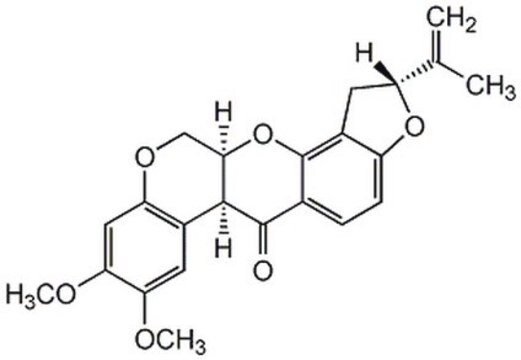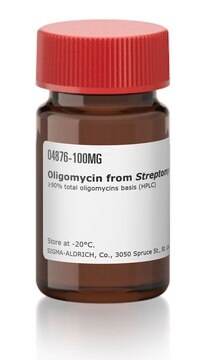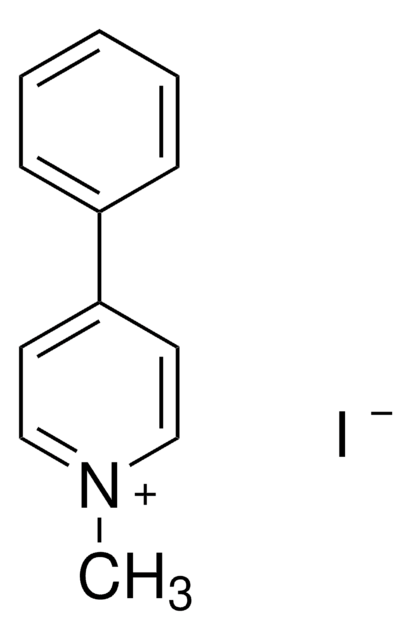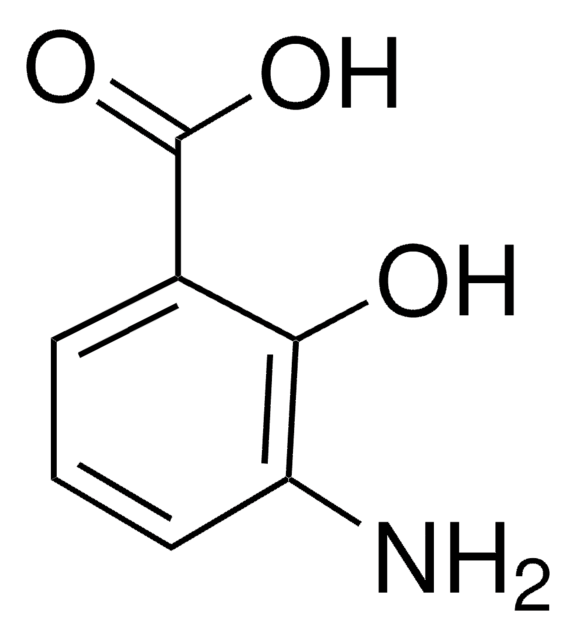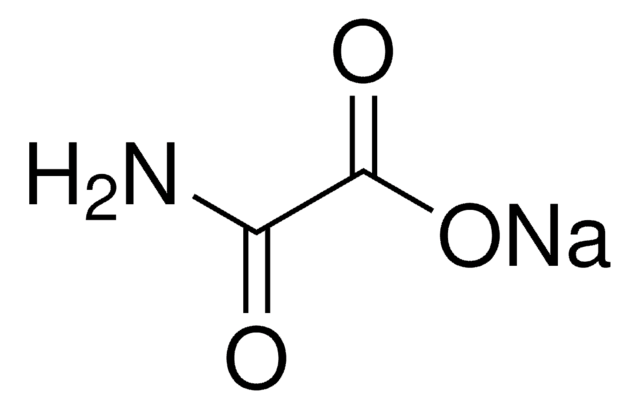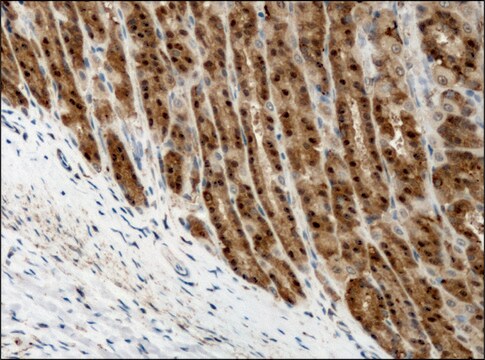R8875
Rotenone
≥95% (HPLC), powder, NADH-CoQ reductase inhibitor
About This Item
Recommended Products
Product Name
Rotenone, ≥95%
Quality Level
Assay
≥95%
bp
210-220 °C/0.5 mmHg (lit.)
mp
159-164 °C (lit.)
SMILES string
COc1cc2OCC3Oc4c5C[C@@H](Oc5ccc4C(=O)C3c2cc1OC)C(C)=C
InChI
1S/C23H22O6/c1-11(2)16-8-14-15(28-16)6-5-12-22(24)21-13-7-18(25-3)19(26-4)9-17(13)27-10-20(21)29-23(12)14/h5-7,9,16,20-21H,1,8,10H2,2-4H3/t16-,20-,21+/m1/s1
InChI key
JUVIOZPCNVVQFO-HBGVWJBISA-N
Looking for similar products? Visit Product Comparison Guide
General description
Application
- to study its effect on cell proliferation
- to detect the production of cellular reactive oxygen species in isolated rat forebrain mitochondria
- to measure mitochondrial enzymatic activity
Biochem/physiol Actions
Preparation Note
Signal Word
Danger
Hazard Statements
Precautionary Statements
Hazard Classifications
Acute Tox. 1 Inhalation - Acute Tox. 2 Oral - Aquatic Acute 1 - Aquatic Chronic 1 - Eye Irrit. 2 - Skin Irrit. 2 - STOT SE 3
Target Organs
Respiratory system
Storage Class Code
6.1A - Combustible acute toxic Cat. 1 and 2 / very toxic hazardous materials
WGK
WGK 3
Choose from one of the most recent versions:
Already Own This Product?
Find documentation for the products that you have recently purchased in the Document Library.
Customers Also Viewed
Our team of scientists has experience in all areas of research including Life Science, Material Science, Chemical Synthesis, Chromatography, Analytical and many others.
Contact Technical Service
